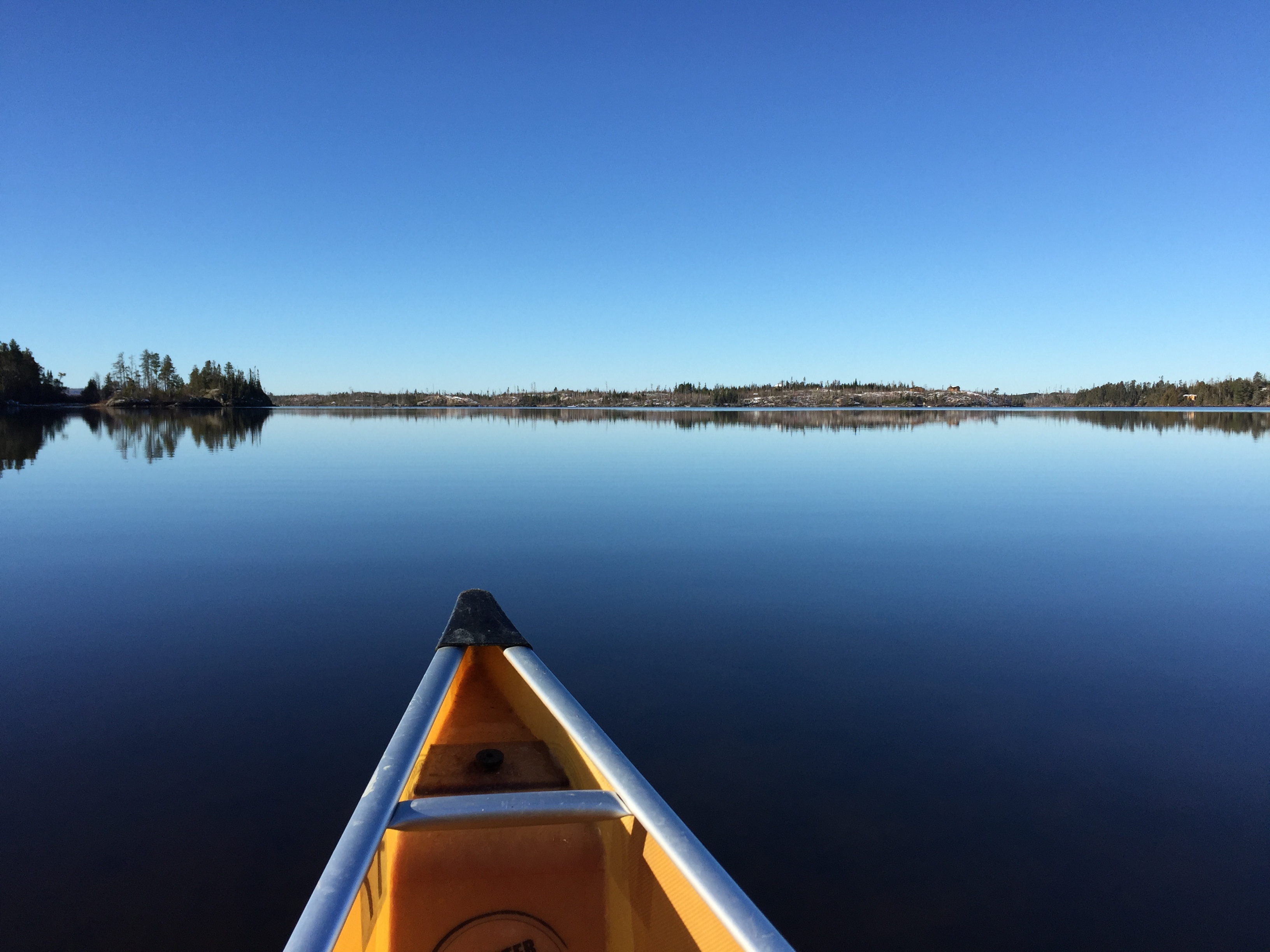

The National Wilderness Act was passed in 1964, and the BWCA became part of the National Wilderness Preservation System. The USFS changed the name of the Superior Roadless Primitive Area to the Boundary Waters Canoe Area in 1958. Inside the reservation, planes were barred from flying below 4,000 feet over the wilderness. In 1949, President Truman issued an executive order to designate an air-space reservation over the area. The same year, Congress passed the Thy–Blatnik Act, which allowed the government to purchase private holdings within the wilderness. In 1948, the USFS also established a no-cut zone along the border. Forest Service (USFS) established the Superior Roadless Primitive Area. By 1936, due to boundary changes and new purchases, the federal government owned over two million acres of the Superior National Forest area. Roosevelt created the Quetico–Superior Committee to help the government protect and conserve the wilderness area.

It also banned logging within 400 feet of all shorelines. Four years later, Congress passed the Shipstead-Newton-Nolan Act, which prohibited the building of dams that would change the water levels of the border lakes region. secretary of agriculture designated three roadless areas in the Superior National Forest. Together, these lands became the Superior National Forest, dedicated by President Theodore Roosevelt in 1909. In 1905, another 141,000 acres were set aside. General Land Office set aside 500,000 acres of public lands as a forest reserve in northern Minnesota. These groups also heavily utilized canoes in their travels. Around the seventeenth century, European explorers reached present-day northern Minnesota, followed by fur traders and French Canadian voyageurs. They lived off the large variety of plants, fish, and animals in this area, using canoes to navigate the vast network of lakes and streams. Lakes and streams cover about 190,000 acres of its over-one-million-acre surface area.īefore European exploration and immigration, Dakota, Ojibwe, and other Indigenous people lived on the lands that now make up the BWCAW. Eagle Mountain, the highest point in Minnesota, at 2,301 feet, is within the BWCAW.īetween 2.5 million and 10,000 years ago, glaciers from the last ice age shaped the lakes and rivers that the BWCAW became known for. It also contains one of the largest contiguous areas of uncut forest left in the United States. The Boundary Waters Canoe Area Wilderness (BWCAW) has over 1,200 miles of canoe routes, over 1,000 lakes, twelve hiking trails, and more than 2,000 designated campsites. It is the most heavily used wilderness in the country, with about 250,000 visitors annually.

The Boundary Waters Canoe Area Wilderness is located in the northern third of Superior National Forest.


 0 kommentar(er)
0 kommentar(er)
